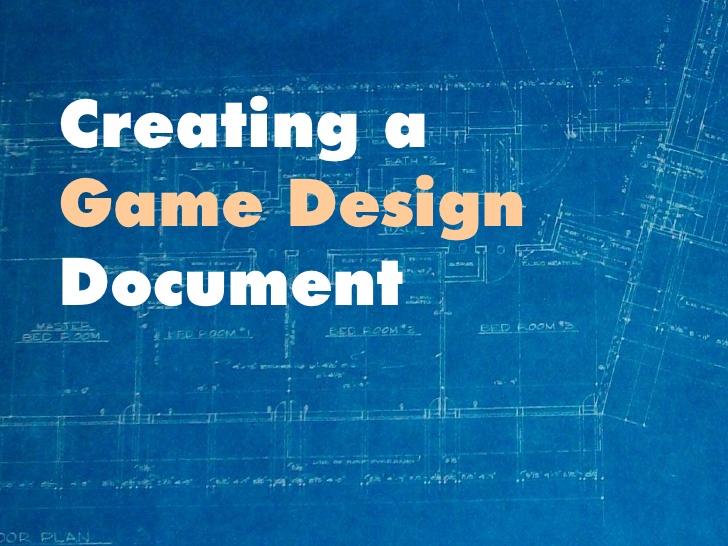Game testing is an extremely important part of game developing, and it's best to start testing as early into the process as possible.You should be trying to find all errors or areas needing improvement as soon as you can. However, there are some risks for Game Testing for example:
- If there is no fun factor
- If the Game is not unique, fast-paced or competitive
- If there are broken features or bugs
- The game doesn’t include a player-centric design
The 7 most popular Game Testing techniques are:
- Functionality Testing - This is done to confirm if the end product works
- Combinatorial Testing - Using this method you can test the game quickly in the early stages, this can help you find out if the game has any bugs
- Ad Hoc Testing - Also called "General Testing", this is a much more informal and less structured way of testing. It doesn't follow any process or plan and needs no documentation.There are three different types of Adhoc testing; Pair testing, Buddy testing, and Monkey testing.
- Compatibility Testing - This tests the compatibility of your game on various different devices and platforms
- Clean Room and Tree Testing - This is to test the consistency and reliability of the software
- Regression Testing - This is to recheck if the game is still working correctly and to see if any new bugs have come up with the changes made.
- Performance Testing- This tests the games overall performance in real time scenarios







